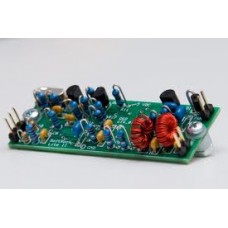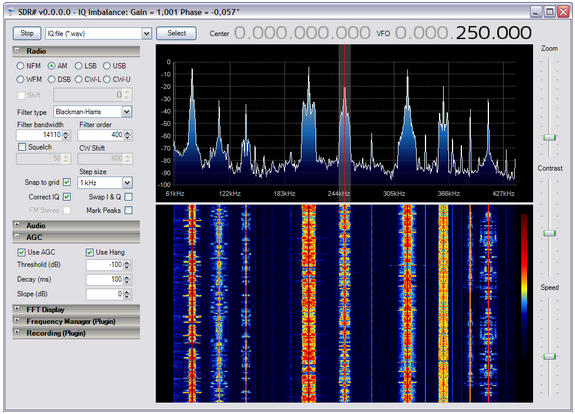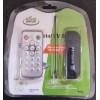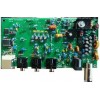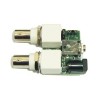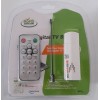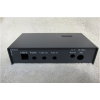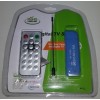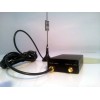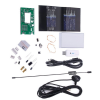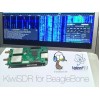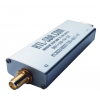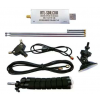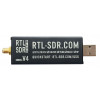Shopping Cart
0 item(s) - R0.00- 3D Printing and Plastic peripherals (8)
- 433Mhz and Lora (9)
-
Amateur Radio (651)
- - Antenna Analyzer (12)
- - APRS (12)
- - ATU (5)
- - CW (1)
- - Digital Modes (9)
- - DMR (4)
- - Echolink (10)
- - Enclosure (13)
- - Eshail-2 (QO-100) (67)
- - GPS (8)
- - iGate (1)
- - Microcontrollers (43)
- - Microphone (1)
- - Power Supply (7)
- - Programming Cable (6)
- - QRP (9)
- - Radio interface (21)
- - Receiver (9)
- - Repeater (4)
- - RF Amplifiers (20)
- - RF Kits (19)
- - RF modules (116)
- - Rotator (1)
- - SDR (75)
- - Spectrum Analyzer (4)
- - SWR (9)
- - Transceiver (59)
- - WSPR (5)
- Antennas and Acc (320)
- Audio and Video (28)
- Bargain Box (1)
- Battery (3)
- Bluetooth (11)
- Cables (37)
- Computer Peripherals (104)
- Connectors (90)
- Data acquisition (1)
- Display (2)
- Electromechanical (25)
- Enclosure (12)
- GPS (6)
- Hardware (3)
- Home Automation (128)
- Inverter (9)
- Liquid (7)
- Lora (8)
- Microcontrollers (119)
- Modbus (3)
- MQTT (14)
- Network Radio (3)
- Networking (8)
- Power (133)
- Power supply (49)
- Radio Interface (17)
- RF Modules (142)
- ROIP (2)
- Satellite (93)
- Security (13)
- Sensor (17)
- Solar (14)
- Test and Measurements (66)
- Tools and Equipment (8)
- VOIP (10)
- Weather (1)
Softrock LiteII (20,30,40,80,160m Band) SDR (Kit)
Ex Tax: R665.00
Add to Compare
Softrock Receiver kit
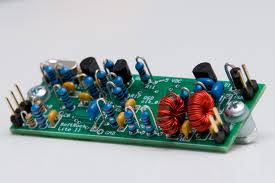
Here is a very good video about this SDR https://www.youtube.com/watch?v=6R4zQCs5iKA#t=21
The SoftRock Lite II is a simple to build SDR receiver kit with a fixed center frequency to be used with a sound card that can sample at 96 kHz, providing band coverage from 48 KHz below the center frequency to 48 KHz above the center frequency.
The kit includes the components to build it for one of the following bands:
- 160m (approximately 1.843MHz center frequency)
- 80m (approximately 3.522MHz center frequency)
- 40m (approximately 7.056MHz center frequency
- 30m (approximately 10.125MHz 1/3 subharmonic sampled center frequency)
- 20m (approximately 14.047MHz 1/3 subharmonic sampled center frequency)
- The circuit board measures 2.55 inches by 0.9 inches.
NOTE: This product is a kit. The product photo shows what it should look like once assembled. A sound card with stereo line-in connector and a computer running SDR software are required to operate this radio.
Schematic.
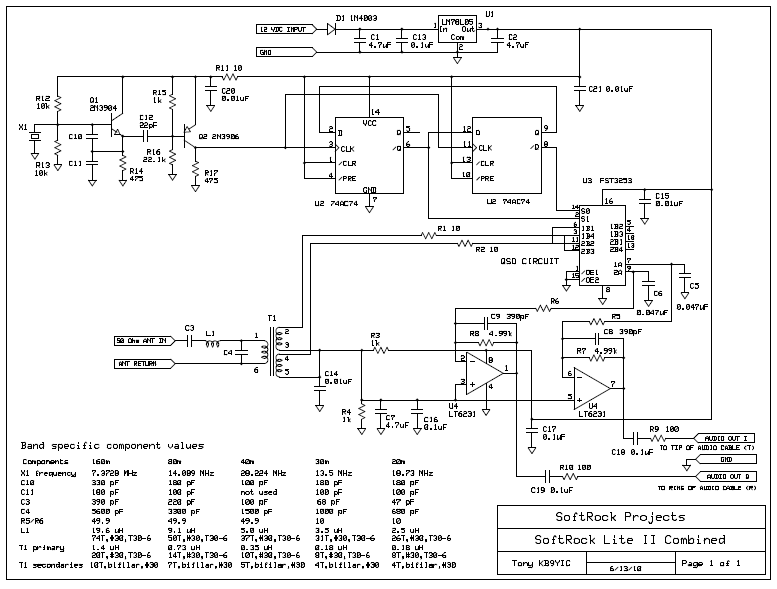
Theory of Operaton
Many thanks to Jan G0BBL and Tony KB9YIG for their input to this and the stages' theoretical discussions.
This 20m receiver is patterned on the classic "direct conversion" receiver, in that it mixes incoming RF down to audio frequencies by, in effect, beating the RF against a Local oscillator such that the mixer products are in the sub 100 kHz range.
Unlike the traditional DC receiver, the SDR does not "tune" the local oscillator's frequency to beat up against a desired RF signal. Instead, the local oscillator is at a fixed frequency of 18.73 MHz.
As a result, the (baseband) mixer products can vary in frequency from zero to +/- some theoretically high super-audio frequency. In fact, the practical limit is one-half the soundcard's maximum sampling rate.
The "tuning" (and demodulation and AFC and other neat radio things) happen in the software part of the Software Defined Radio. It is the magic of Software that makes for the extraordinarily high selectivity in the direct conversion hardware (which is notorious for great sensitivity but terrible selectivity).
The software requires the mixer's baseband products to be provided to the PC as two separate signals, each identical to the other, except that they are 90 degrees apart in phase ("in quadrature"). The SR Lite II achieves this by dividing the local oscillator's frequency by 4 (with attendant phase shifts to achieve quadrature).
The output of the divider chain is two signals, I (In-Phase) and Q (Quadrature), identical in all respects but phase i.e., they are "in quadrature"). For this 20m option, their frequency is 4.6825 MHz
RF from the antenna is bandpass-filtered for the 20m band.
The two quadrature signals from the Divider stage are fed into the mixer stage. The 4.6825 MHz quadrature signals from the divider in the 20m option are rich in harmonics. The third harmonic (14.0475) is what is actually used in the mixer stage.
The mixer stage mixes the bandpass-filtered RF down to two baseband signals that are also in quadrature and otherwise identical to each other.
The two baseband signals are provided to an amplifier stage where they are amplified and low-pass filtered to levels acceptable to the PC's soundcard stereo line-in inputs.
A soundcard which can sample 48 kHz, can digitize an incoming "chunk" of baseband signals from 0 to 24 kHz. Such a soundcard, using its stereo line-in inputs for the I and Q signals, will yield an effective bandwidth of 48 kHz: 24 kHz above the center frequency and 24 kHz below the center frequency. The SDR software in the PC manipulates the digitized I and Q signals to deliver, demodulate, condition, and filter signals within this 48 kHz spectrum. Soundcards capable of higher sampling rates (e.g. 96 kHz or 192 kHz) will yield proportionately wider bandwidth, provided their internal audio filters do not cut off the higher audio frequencies.
Mike Collins KF4BQ (whose photos of the completed board are found further on in this page) has performed extensive tests on this receiver and has found it to be an exceptionally powerful receiver. Considering the cost, nothing out there can beat it!
Board Layouts
Top Layer
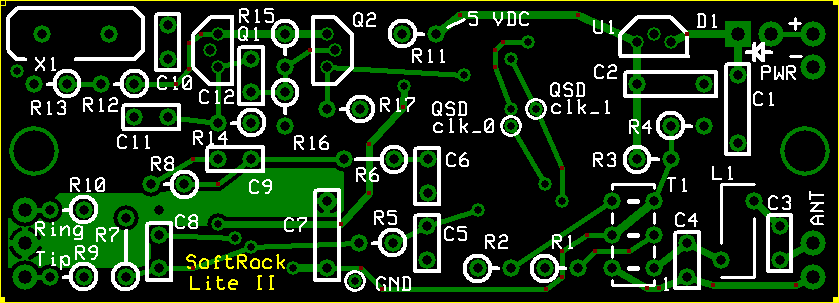
Botom Layer
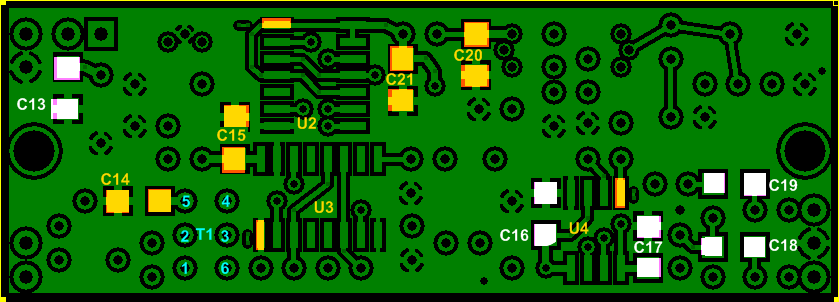
Link to Bill of Material
Construction details http://www.wb5rvz.org/softrock_lite_ii/index/projectId=8 Select the band you are building
For kit building information, please see: WB5RVZ.
Lots od sound card information http://homepages.wightcable.net/~g4zfq/Si570.htm
Free SDR testing software http://www.dxatlas.com/Rocky/
Windows SDR# software is avalible here
Linux Quisk software.
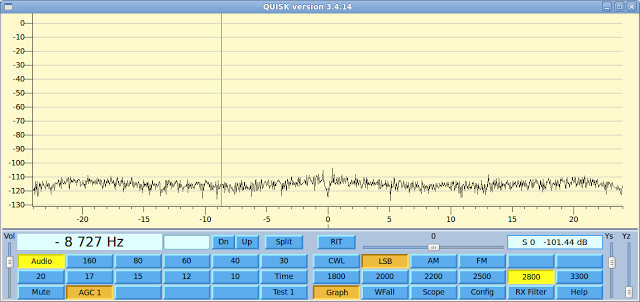
Quisk is available here
Write a review
Your Name:Your Review: Note: HTML is not translated!
Rating: Bad Good
Enter the code in the box below:
Giga Technology © 2025

